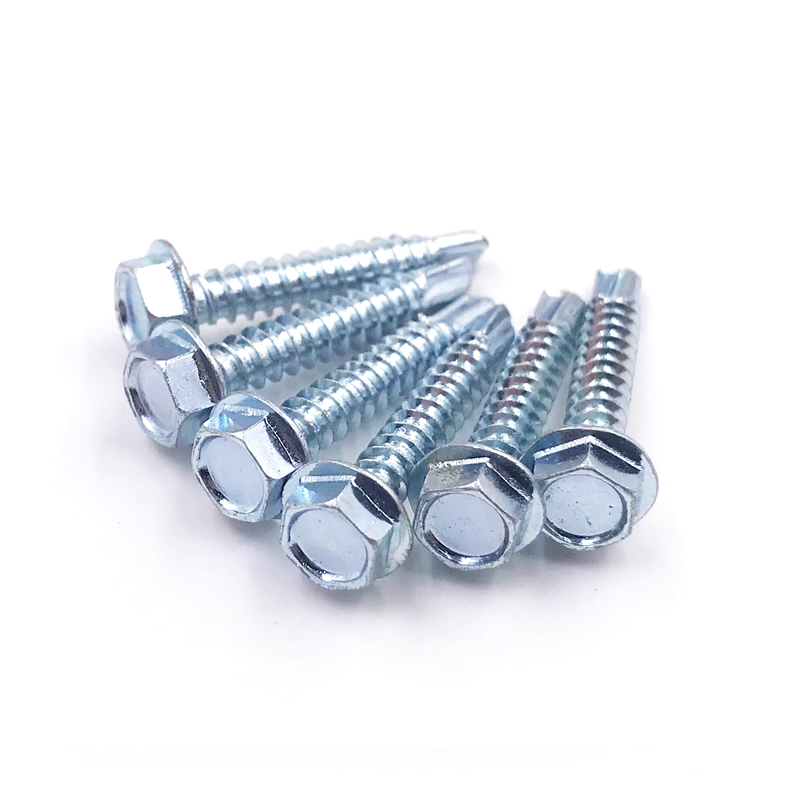cross bracing in steel structures
Cross Bracing in Steel Structures
Cross bracing is a widely used structural system in engineering, particularly in steel structures, to enhance stability and resistance against lateral loads such as wind and seismic forces. This technique involves placing diagonal braces between vertical and horizontal members, forming an interlocking framework that efficiently transfers loads throughout the structure.
The Importance of Cross Bracing
Steel structures are designed to bear substantial loads while maintaining an optimal balance between weight and strength. Lateral forces, such as those generated by earthquakes or strong winds, can create significant stress on a building. If not adequately addressed, these lateral forces can lead to unwanted deflections or, in extreme cases, structural failure. Cross bracing mitigates these risks by redistributing these forces and maintaining the integrity of the structure.
Types of Cross Bracing
There are several configurations of cross bracing, each offering unique advantages. The most common types include
1. X-Bracing This is characterized by forming an X with diagonal members between the frames. It is effective in both tension and compression and provides a uniform distribution of forces.
2. K-Bracing In this configuration, one diagonal member connects to the center of the vertical frame, resembling the letter K. This design allows for less material use while still maintaining strength and stability.
3. V-Bracing Here, diagonal braces are arranged in a V shape, connecting to a single point at the top. While this design can be aesthetically pleasing, it may be less effective in resisting lateral loads compared to X and K-bracing.
Each type has its specific applications and is selected based on factors such as the building’s height, location, and exposure to lateral forces
.cross bracing in steel structures

Advantages of Cross Bracing
1. Enhanced Stability Cross bracing significantly increases the lateral stability of steel structures, enabling them to withstand harsh environmental conditions. This is particularly crucial for tall buildings and structures located in earthquake-prone regions.
2. Material Efficiency By providing effective load distribution, cross bracing can reduce the amount of steel required for construction. This not only minimizes costs but also contributes to a lighter building structure.
3. Versatility Cross bracing can be implemented in various architectural styles and is compatible with both new constructions and retrofitting existing structures. Its adaptability makes it a favorite among architects and engineers.
4. Ease of Construction The geometric simplicity of cross bracing lends itself to straightforward fabrication and installation. This can lead to shorter construction timelines and reduced labor costs.
Challenges and Considerations
While cross bracing offers significant benefits, there are challenges to consider. The diagonal members may obstruct the use of space within a building, particularly in mixed-use or commercial structures where flexibility is essential. Designers must carefully plan the placement of braces to optimize both structural integrity and functional space.
Additionally, cross bracing systems require a thorough analysis of the potential buckling of slender members under compressive load. Engineers must account for this in their designs, ensuring the braces are sized appropriately to withstand expected loads without compromising the overall structure.
Conclusion
Cross bracing is an essential component of modern steel structures, providing increased stability and resistance to lateral forces. Its various configurations allow for flexibility in design and construction, enabling engineers to select the most appropriate type for specific project needs. Despite certain limitations, the advantages of cross bracing in enhancing structural performance cannot be overstated. As we continue to explore innovative engineering solutions, cross bracing stands out as a critical method for achieving safety and resiliency in architecture and construction. The ongoing advancements in materials and design technologies also promise to further optimize the effectiveness of cross bracing in the future, making it a vital area of focus for structural engineers around the world.
-
Weatherproof Plastic Expansion Anchors for OutdoorNewsJun.06,2025
-
Sustainability in the Supply Chain: Eco-Friendly TEK Screws ProductionNewsJun.06,2025
-
Load-Bearing Capacity of External Insulation FixingsNewsJun.06,2025
-
Double Head Bolts: Enhancing Efficiency in Industrial MachineryNewsJun.06,2025
-
Corrosion Resistance in Chipboard Screws: Coatings for Wholesale DurabilityNewsJun.06,2025
-
Butterfly Toggle Bolts : Enhancing Structural ResilienceNewsJun.06,2025
